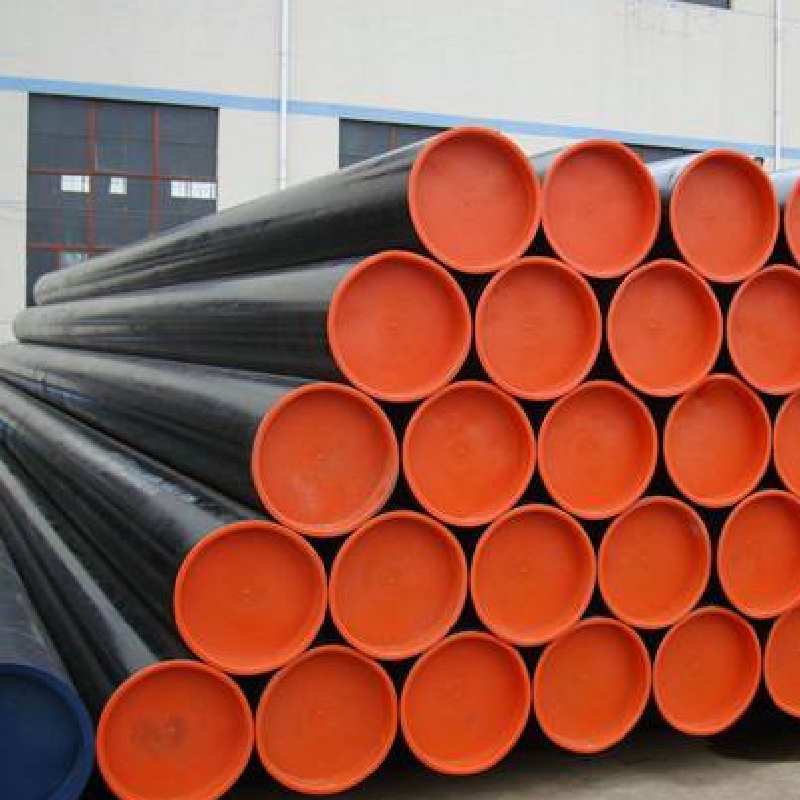-
Cangzhou Yulong Steel Co., Ltd.
-
Phone:
+86 13303177267 -
Email:
admin@ylsteelfittings.com
- English
- Arabic
- Italian
- Spanish
- Portuguese
- German
- kazakh
- Persian
- Greek
- French
- Russian
- Polish
- Thai
- Indonesian
- Vietnamese
- Zulu
- Korean
- Uzbek
- Hindi
- Serbian
- Malay
- Ukrainian
- Gujarati
- Haitian Creole
- hausa
- hawaiian
- Hebrew
- Miao
- Hungarian
- Icelandic
- igbo
- irish
- Japanese
- Javanese
- Kannada
- Khmer
- Rwandese
- Afrikaans
- Albanian
- Amharic
- Armenian
- Azerbaijani
- Basque
- Belarusian
- Bengali
- Bosnian
- Bulgarian
- Catalan
- Cebuano
- China
- China (Taiwan)
- Corsican
- Croatian
- Czech
- Danish
- Esperanto
- Estonian
- Finnish
- Frisian
- Galician
- Georgian
- Kurdish
- Kyrgyz
- Lao
- Latin
- Latvian
- Lithuanian
- Luxembourgish
- Macedonian
- Malgashi
- Malayalam
- Maltese
- Maori
- Marathi
- Mongolian
- Myanmar
- Nepali
- Norwegian
- Norwegian
- Occitan
- Pashto
- Dutch
- Punjabi
- Romanian
- Samoan
- Scottish Gaelic
- Sesotho
- Shona
- Sindhi
- Sinhala
- Slovak
- Slovenian
- Somali
- Sundanese
- Swahili
- Swedish
- Tagalog
- Tajik
- Tamil
- Tatar
- Telugu
- Turkish
- Turkmen
- Urdu
- Uighur
- Welsh
- Bantu
- Yiddish
- Yoruba

Sep . 14, 2024 18:32 Back to list
astm a106 grb pipe specifications
Understanding ASTM A106 Gr. B Pipe Specifications
ASTM A106 Gr. B is a widely recognized specification in the realm of steel pipes, particularly pertaining to high-temperature service. It is crucial for engineers, designers, and operators to have a clear understanding of these specifications, as they dictate the suitability of the pipes for various applications.
Overview of ASTM A106
The ASTM A106 standard is developed by the American Society for Testing and Materials (ASTM) and governs the seamless carbon steel pipes designed for high-temperature service. The specification covers three grades A, B, and C, each defined by their strength and heat resistance capabilities. Grade B is the most commonly used and provides a balance of good strength and operational flexibility.
Chemical Composition
The chemical composition of ASTM A106 Gr. B is critical to its performance. The primary components include carbon (C), manganese (Mn), phosphorus (P), sulfur (S), and silicon (Si). Specifically, the carbon content ranges from 0.18% to 0.23%. The limits on phosphorus and sulfur are set at 0.035% each and are critical for maintaining the ductility of the steel.
Mechanical Properties
ASTM A106 Gr. B pipes are known for their remarkable mechanical properties. The minimum yield strength is set at 35,000 psi (approximately 241 MPa), and the minimum tensile strength is 60,000 psi (around 414 MPa). These values ensure that the pipes can withstand high pressure and temperature conditions typical in power generation, oil, and gas industries.
astm a106 grb pipe specifications

Dimensions and Schedules
The pipes come in various sizes and wall thicknesses, conforming to different schedules. The commonly used schedules for ASTM A106 Gr. B pipes include Schedule 40, Schedule 80, and API 5L X52. The outer diameters can range from 1/8 inch (3.2 mm) to 30 inches (762 mm), and the wall thickness can vary significantly depending on the application requirements.
Applications
With its robust construction and high-temperature tolerance, ASTM A106 Gr. B pipes are extensively used in the oil and gas sector, particularly in the transportation of fluids and gases. They are commonly employed in refineries, petrochemical plants, and power plants. Additionally, the specification allows the pipes to be utilized in various other industries, including construction and water distribution systems.
Welding and Fabrication
One of the advantages of ASTM A106 Gr. B pipes is their weldability. They can be welded by various methods, including SMAW, GTAW, and GMAW, which makes them suitable for different fabrication processes. However, preheating may be required, especially when dealing with heavier wall pipes to avoid cracking during the welding process.
Conclusion
In summary, ASTM A106 Gr. B pipe specifications provide essential guidelines for the fabrication, testing, and application of seamless carbon steel pipes in high-temperature environments. Understanding these specifications ensures that the right materials are selected for specific applications, enhancing safety, performance, and longevity in their use. As industries continue to evolve, adherence to standards like ASTM A106 will remain paramount in maintaining operational integrity and efficiency.
Latest news
-
ANSI 150P SS304 SO FLANGE
NewsFeb.14,2025
-
ASTM A333GR6 STEEL PIPE
NewsJan.20,2025
-
ANSI B16.5 WELDING NECK FLANGE
NewsJan.15,2026
-
ANSI B16.5 SLIP-ON FLANGE
NewsApr.19,2024
-
SABS 1123 FLANGE
NewsJan.15,2025
-
DIN86044 PLATE FLANGE
NewsApr.19,2024
-
DIN2527 BLIND FLANGE
NewsApr.12,2024
-
JIS B2311 Butt-Welding Fittings LR/SR 45°/90° /180°Seamless/Weld
NewsApr.23,2024











